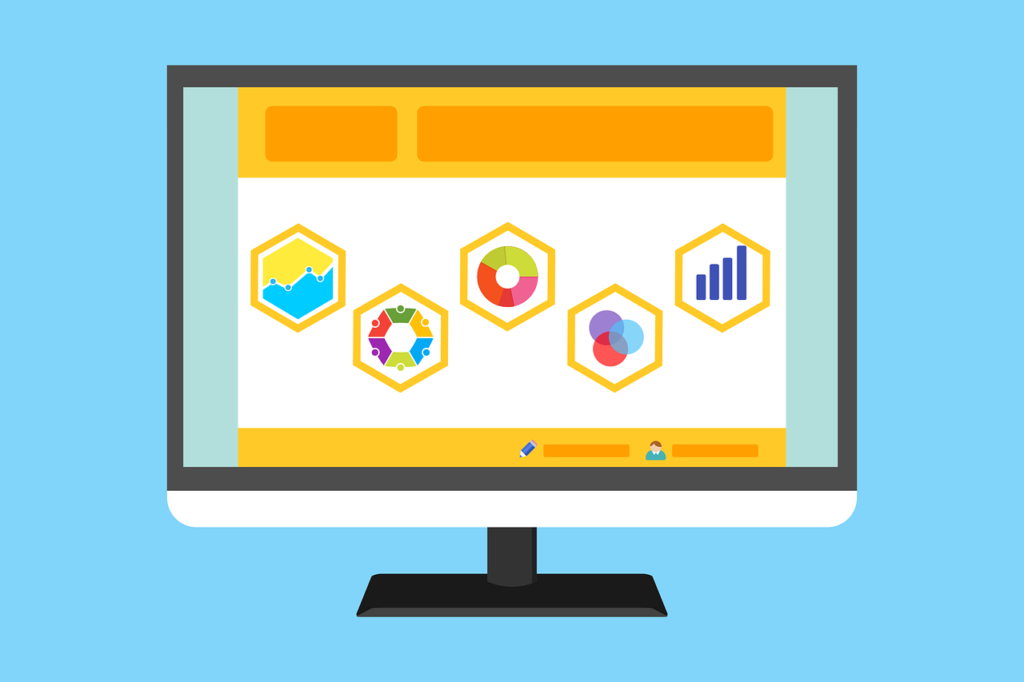The Power of DIY Marketing Research
Marketing research is essential for any business looking to grow and expand in their given industry – but how exactly is marketing research performed?
Relying on marketing firms to carry out marketing research for you can be costly. DIY marketing research, on the other hand, can be a simple process with the right tools and plan in place, making it one of the best options for businesses striving to learn more about their target customers.
In this article, we will discuss what DIY marketing research is, why it is so important, and how you can go about performing it. Keep reading to learn all about how 1Q can help you simplify your market research approach!
What is DIY Marketing Research?

Market research is the practice of researching the needs and wants of a specific group of customers. This type of research is essential for any business, as it helps to shed light on what products and services will perform the best in a specified market – such as retail, investment, technology, or any other industry.
To complete market research, you can take one of two approaches – you can either work with a formal marketing firm or complete the research yourself. The latter of these two options is what we call DIY market research, or do-it-yourself market research.
In DIY marketing research, you are responsible for each step of the research process – from planning and execution to final data analysis. While this approach may seem complex, it is actually quite simple with the right DIY market research tools and support on your side.
The Different Types of Market Research
Before you can begin DIY marketing research, it is crucial to understand the different avenues you can take to gather the information you need.
Here are 4 types of effective market research to consider:
- Online Surveys: Online surveys are one of the best methods for conducting DIY market research, as they allow you to ask highly specific questions to set groups of people. Moreover, surveys offer a great opportunity to provide incentives to survey-takers, increasing the chance that you will get a larger number of timely responses.
- One-On-One Interviews: One-on-one interviews are a much more time-consuming type of research and often require a large team of interviewers to question an adequate number of people. The main benefit of one-on-one interviews is that you can get very precise and nuanced answers from individual customers, resulting in more insightful answers to your key questions.
- Focus Groups: Focus groups are an awesome type of market research in which you can not only ask key questions but also observe how customers’ opinions change as they are allowed to discuss a product or service within a group setting.
- Customer Analytics: Customer analytics do not require you to speak directly with customers. Instead, you gather and analyze data on customer trends and behaviors using online analytical tools. This can help to shed light on things such as spending habits, preferred payment methods, prevalent pain points in the buying process, and more.
5 Steps for Completing DIY Market Research
So, you have decided to perform do-it-yourself market research. This is an excellent step towards growing your business and learning more about your customers – but where do you begin and what steps do you need to take?
Here are 5 steps for completing DIY marketing research:
Step 1: Planning Your Market Research

In any research initiative, the planning stage is crucial. There are many key factors you need to sort out before beginning the actual research process, including:
· Who your target customers are
· What key questions do you need answers to
· What the overall goal of this research is (selling more products, increasing engagement, etc.)
· What secondary research you will need (statistics, analytics, etc.)
Without a proper plan in place, DIY market research can end up highly unorganized and ultimately less-than-useful to your business – resulting in not only a lack of key insights but also a major waste of time.
Step 2: Finding Your Audience
The next key step to DIY market research is finding your audience. Whether you are approaching customers in person or utilizing the Internet to reach them, you need to know where they are.
This can include:
· Social media platforms
· Online survey platforms
· Local hangout spots or social hubs
· Schools, universities, or business centers
Knowing where to find your target audience is critical, as these are the people who will give you the most valuable answers to your pressing research questions.
Step 3: Asking the Right Questions

When planning what questions to ask customers in your research, consider what information is most valuable to your business. You should ask both close-ended questions that have a set of predetermined answers and open-ended questions that allow the customer to expand on their answer.
For example, let’s say you run a cookie delivery company and are deciding whether to expand delivery hours into late night times. You may want to ask questions such as:
· How likely are you to order delivery cookies past 9 p.m.?
o Answer options: Very Likely, Likely, Unlikely, Very Unlikely
· Would you be willing to pay extra for late-night cookie deliveries?
o Answer options: Yes, No
· What flavors of cookies are you likely to order past 9 p.m.?
o Answer options: Either list each available cookie flavor or allow for an open-ended response
These types of questions can help you determine how much interest there is in this service, as well as what a customer is willing to pay and what their specific preferences are. This reveals key information that will help you to better plan your business expansion.
Step 4: Collecting Your Research Findings
Once you have found your target audience and know what questions you plan on asking, you must determine how you will collect and record your findings.
If you plan on video or audio recording customers, you must remember to get the proper legal consent to do so.
Likewise, if you are using the Internet to reach customers and you are not using an established platform with pre-agreed-to terms and conditions – like 1Q’s survey market research platform – you must make sure to communicate clearly to customers how this information will be used. It is important to use trustworthy, efficient DIY market research tools to help you most effectively.
After the information is collected, make sure you have a good organizational system in place so you can easily go over your findings and determine your key insights.
Step 5: Rinse & Repeat
The key to good research is to complete it repeatedly!
Consumer markets across all industries are constantly evolving, so you can’t expect research completed in the past to reflect customer opinions in the present. Try to conduct new market research at least once or year, as well as each time you begin planning a new product or service launch.
How 1Q Helps with All Your Market Research Needs

1Q is a market research platform that helps you connect with your target audience immediately. In this case, it may be the perfect DIY market research tool to help you achieve all of your goals.
With 1Q, you can ask highly targeted survey questions and receive real-time responses from the most relevant survey participants. 1Q even offers patented geo-fencing capabilities that allow you to connect with respondents in specific geographic locations!
Along with highly affordable pricing – the cost is just $1 per response – 1Q also offers you:
· No long-term contracts or costly upfront investments
· The ability to recontact your best respondents
· A DIY, self-serve platform that is efficient and easy to use
· Certified bot-free respondents – real people only!
Final Thoughts: Get Started with 1Q’s Market Research Platform Today
To get started with 1Q and embrace the true power of DIY marketing research, schedule your free demo today. We provide you with 100 credits (a $100 value) to test out your questions on real respondents before committing to our platform.
With more than 1 million respondents, 1Q has the answers you need. Visit our website now to learn more!
